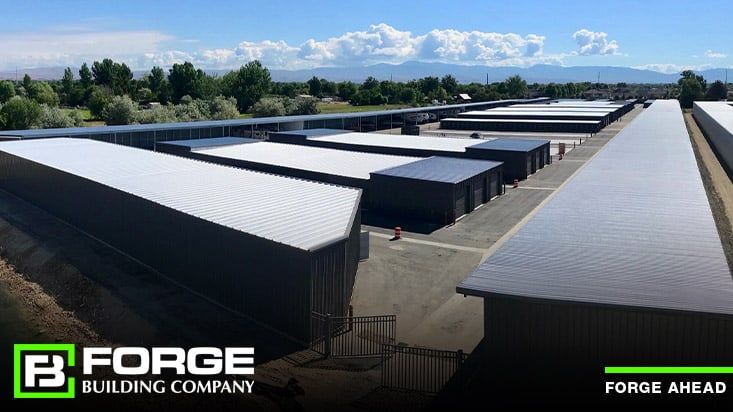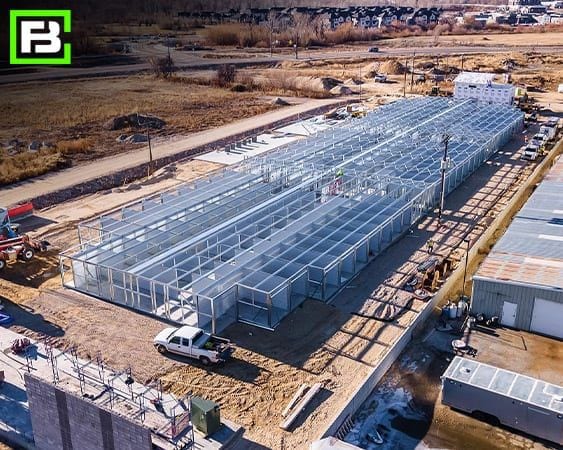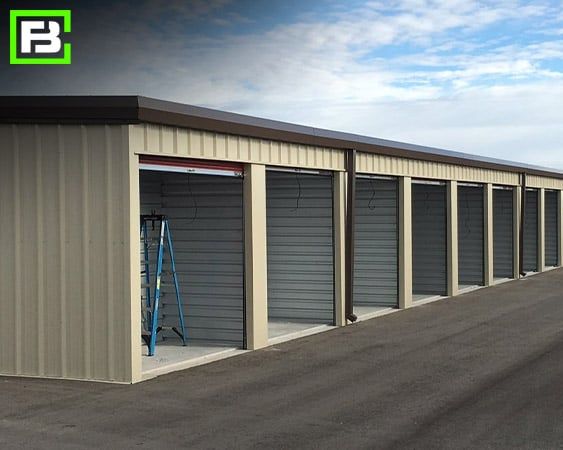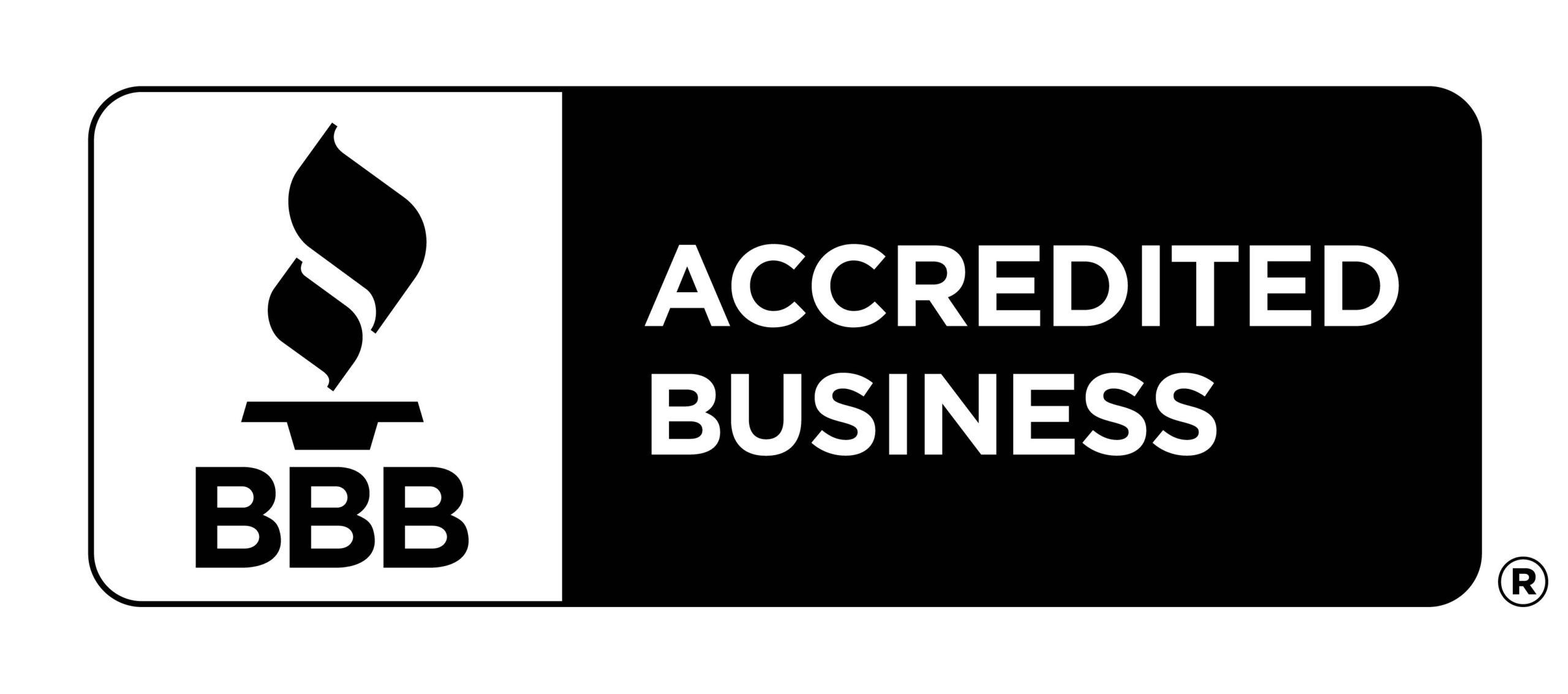
Through both good and bad economic times, the self-storage sector has proven to be a steady performer. That’s why so many investors want to get a piece of the action. To do so, you can either buy an existing self-storage facility or develop a new one. Successfully building a commercial storage building involves several factors, including choosing the right site, design, the correct unit mix, and layout. This may sound simple, right? Not so fast. Read more about these fundamentals and get advice on how to achieve optimal results.
If you go down the development path, one key question is: How much money will you need? There’s no simple answer to that question, as the cost can vary based on several factors, such as location and the number of self-storage units.
Ultimately, the goal of any self-storage development should be financial success, and the best way to accomplish that is to carefully plan the basics: site selection, unit mix, and layout. For many, the industry business model looks simple: buy land, build, and make money. It may once have been that simple, but today, it’s much more complex.
The commercial storage building market, like many similar markets are experiencing greater competition, higher land and building costs, and additional regulatory burdens. The industry, in general, is seeing the use of more climate-controlled and multi-story buildings, due in part to trends in consumer demand. As a result, self-storage facilities are becoming much more expensive to develop, with longer lease-to-stabilization times. Even so, they continue to be a solid investment choice.
Choosing the right site and creating a well-designed unit mix and layout is critical, especially for a first-time developer. These are the fundamentals of building a successful storage business, whether you’re building your first or fortieth facility.

Site selection is the most critical factor in planning for the success of a commercial storage building. It is important to select a highly visible location, has good access, and is located on a major road. The site should be in a high-growth area or one that’s clearly in the path of progress for that region. In addition, it’s key to look for a good combination of demographics, with higher-than-average household income and population growth within a three-mile trade area. Finally, the location should have minimal existing or planned self-storage competition, particularly within the first few miles.
When you discover an area that’s underserved, chances are other self-storage building manufacturers and developers have noticed it as well. Check with the local building authority to see what’s being planned before starting a building project. You don’t have to let competitive forces sway your decision but it’s good to be aware of all existing and planned projects.
Once the site selection is determined, it is key that the property is large enough for your planned development and that it has access to the proper utilities, such as water, sewer, and electricity. It should also be properly zoned.
It is critical to understand that not all land is good for self-storage. A good site must have the attributes discussed previously. If it doesn’t, it is best to keep looking for one that does.
Typically, a single-story self-storage development might require three to five acres, depending on topography and shape. Whereas a multi-story self-storage site may only require two acres or so. The ideal site should give you a high level of confidence about all of the specifics of that particular location.
Generally, you can count on a self-storage facility costing $25 to $70 per square foot to build. That range can vary greatly. For instance, the cost of steel may go up or down at any given time, or the area where you’re building the facility may be experiencing a labor shortage. And, of course, you’ll certainly face higher costs in a major metro area than you would in a small community.
Self-storage unit mix is normally a product of population density and income levels. So it is key that you understand the market in which you are building the commercial storage-units. For example, areas of higher income will typically demand more security and climate-controlled features; apartment dwellers will want smaller units, say 5-by-10s; and suburban or commercial-oriented markets will call for larger spaces, such as 10-by-20s. Also, see our article on Determining the Right Unit Mix.
It’s important to note that your financial return per square foot (PSF) usually diminishes as the size of the unit increases. For example, if your market will support $70 for a 5-by-10, you’re achieving a rental rate of $16.80 PSF. It’s doubtful the 10-by-20 will support that same rate. This doesn’t mean you should build a higher proportion of smaller units, though. A store with 50,000 net rentable square feet might have more than 500 storage units or as few as 300, depending on the market. You must build the unit mix to the market, not to skew the PSF return.

When you’re looking to develop a self-storage facility, you obviously must decide where to build it. Be prepared, finding a great site for storage can be tricky. You’ll need to find a site for the right price, with the right zoning, and the right demographics to support your business.
To discuss site layout, it’s key to understand building a single-story versus a multi-story storage facility. The layout process typically begins with the involvement of a professional civil engineer with experience in self-storage design, which can be invaluable. The goal is to maximize the net rentable square footage. You’ll typically be hunting for 2.5 to 5 acres to accommodate the facility. Land costs typically make up about 25% to 30% of the entire development budget and you will also need a site that will accommodate a minimum of 50,000 square feet, constructed all at once or in phases.
A single-story facility usually costs $25 to $40 per square foot. Construction of a multi-story facility typically costs more — $42 to $70 per square foot. These figures don’t include land or site improvement costs.
Of course, this isn’t a consideration if you already own property suited for a storage facility, although you still may need to go through the costly, time-consuming process of rezoning the land.
The layout is primarily a product of the shape and topography of the land parcel, but many other factors come into play, including:
At Forge, we normally factor in all the setbacks, easements, and storm-water restrictions first. From there, our drafters will then sketch the layout. Next, we try to determine how much climate-controlled versus non-climate-controlled storage can fit on the site. Then we look at accessibility to each of the buildings and individual units, ensuring it will be easy for customers to access their storage space. If it isn’t reasonably simple for tenants to drive in, get to their unit, and store their items, they’ll go elsewhere.
The key takeaway here is that it is critical to find the right site, then design the unit mix and layout based on that particular market. Doing the research and spending time with professional engineers and planners will help you succeed in your self-storage development. Remember, it’s a process that will involve a considerable amount of time and money, but the end reward will be worth it. At Forge, we can simplify the process by giving you a one-stop shop for all of your commercial storage building needs. Then once your new storage business is off to a solid start, you’ll be ready to focus on your next self-storage development project!
Related article: Before Construction Begins: Fundamentals of Building Self-Storage
Costs have changed since this blog was posted. The hard and soft costs of construction will vary from project to project. Let’s break it down.
Keep in mind, that prices in materials, such as steel, may fluctuate and this directly impacts the cost per square foot. Also, you may be building in an area that is experiencing labor shortages causing the labor prices to increase as well.
